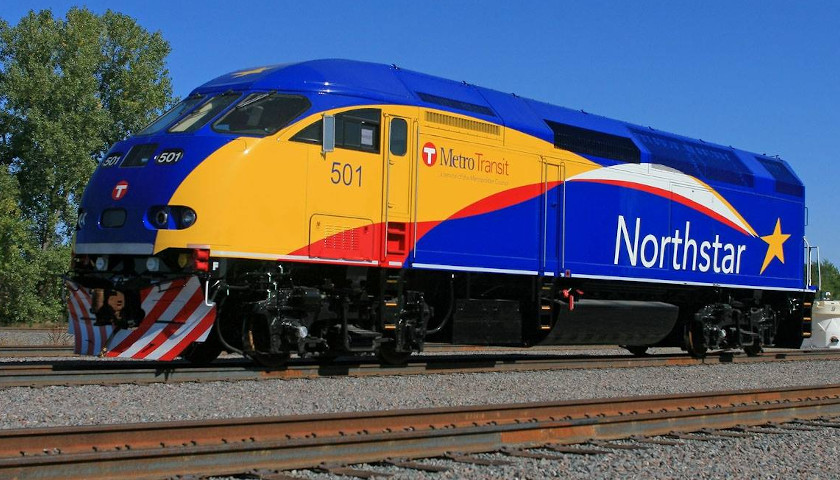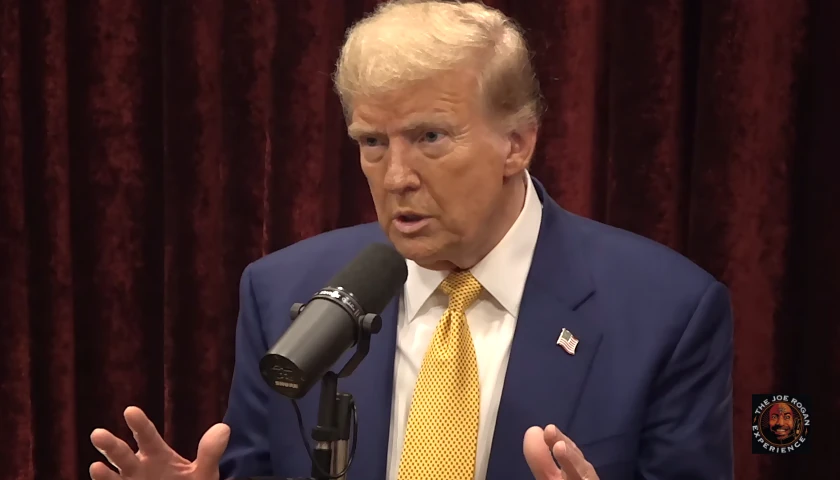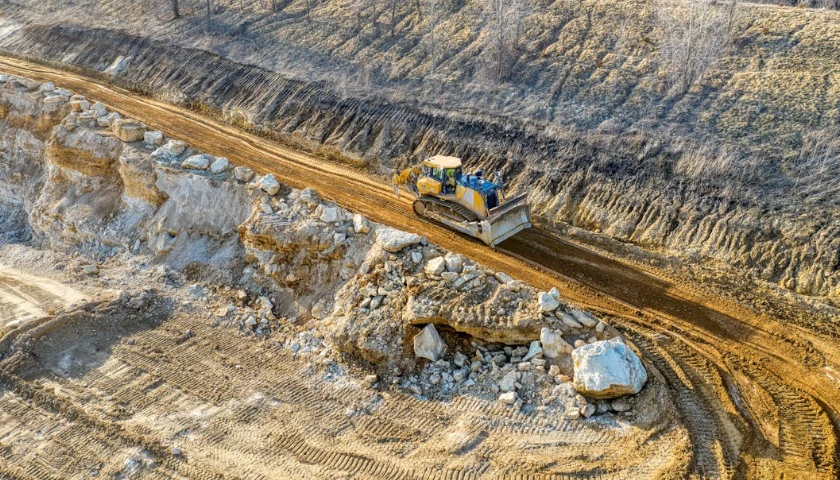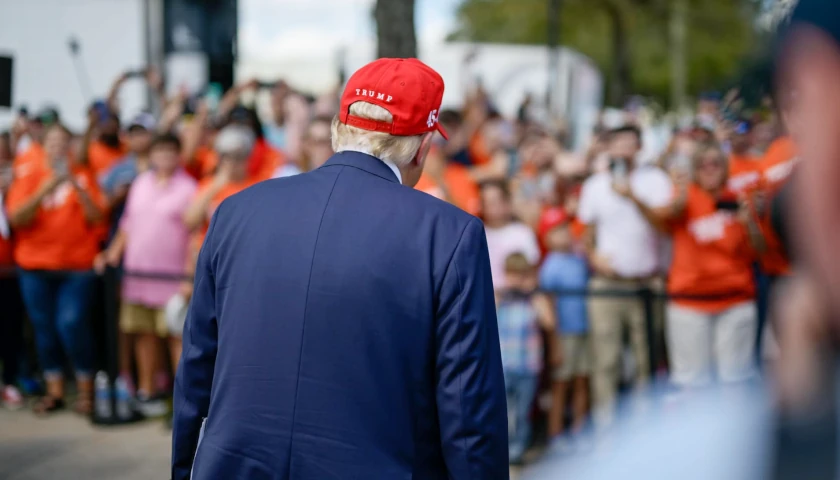by Scott McClallen
Some Minnesota lawmakers are pushing for the Northern Lights Express (NLX), a proposed 152-mile intercity, higher-speed passenger rail service that would operate between Minneapolis and Duluth, with four stops in between.
Critics say there are better options.
The rail line, after negotiations, would be operated by Amtrak on BNSF Railway’s track with four round-trips per day traveling at an average speed of 60 mph with an end-to-end trip of about 2.5 hours, consistent with drive-time by automobile.
NLX Project Manager and Department of Transportation Planning Director Frank Loetterle told The Center Square MNDOT had already completed the planning work and an assessment finding no significant impact to the environment.
The project awaits between $550 million to $570 million of funding, Loetterle said, estimating the federal government would foot between 60 to 75 percent of the cost.
The Star Tribune reported one-way tickets would cost $35 to $38 dollars, which an Amtrak official used to estimate a $17 million annual subsidy, although NLX Alliance officials projected closer to $7 million.
That includes upgrading all the grade crossings, building new stations and buying or leasing equipment.
Loetterle said the rail line would allow travelers to eat, text or work while traveling, and skip roadway congestion and road construction.
Amtrack spokesman Marc Magliari told The Center Square that state-sponsored ridership accounts for about half of their business.
Magliari said passengers would benefit from rail’s weather-resistance compared to cars, and people who don’t want to add a car payment to student loan debt.
The rail service would create better options than driving and flying, Magliari said
“Wherever we can be driving time competitive and give people a better option than driving, we do very well for attracting business,” Magliari said, adding this route hits that “sweet spot.”
Baruch Feigenbaum, an assistant director of transportation policy at the Reason Foundation, a libertarian-leaning nonprofit organization, told The Center Square the numbers projected an “overly-rosy scenario” with either a way too low subsidy or a way too low ticket price.
“If the ticket price goes up, then the ridership is going to go down because they’re assuming, I believe, that some of these people will be switching from automobiles,” Feigenbaum said.
Feigenbaum cautioned against building fixed infrastructure on future assumptions of economic growth.
Wendell Cox, a transportation analyst who has consulted for private and public sector high-rail trains in six countries and has served a term on the Amtrak Reform Council in 1999, told The Center Square that rail projects often balloon over original price.
Citing a study by Oxford University Professor Bent Flyvbjerg, which researched 258 infrastructure projects across 20 countries, Cox said the average rail cost escalated 45 percent above initial estimates.
Cox said the cancelled California high-speed rail from Los Angeles to San Francisco could have cost more than $80 billion to complete after voters had been told the cost wouldn’t exceed $40 billion.
“In terms of net public benefit compared to other, better things that could be done with the money, the value is negative,” Cox said, adding the country’s $20 trillion deficit should spur better spending decisions.
Cox said transportation can exist without subsidies, and suggested bus lines could provide the same service at a much lower cost that would better serve Minnesota’s public purpose without cloudy intentions of large contracts.
Rep. Mary Murphy, DFL-Hermantown, is one of the lawmakers advocating for the project, the Star Tribune reported.
“If we’re planning for the 21st century, and 20 years have gone by already, we have to have something in place for the 80 years to follow,” Murphy said. “That is the Northern Lights Express.”
– – –
Scott McClallen is a staff writer covering Michigan and Minnesota for The Center Square. A graduate of Hillsdale College, his work has appeared on Forbes.com and FEE.org. Previously, he worked as a financial analyst at Pepsi.
Photo “Northern Lights Express” by Northern Lights Express.




